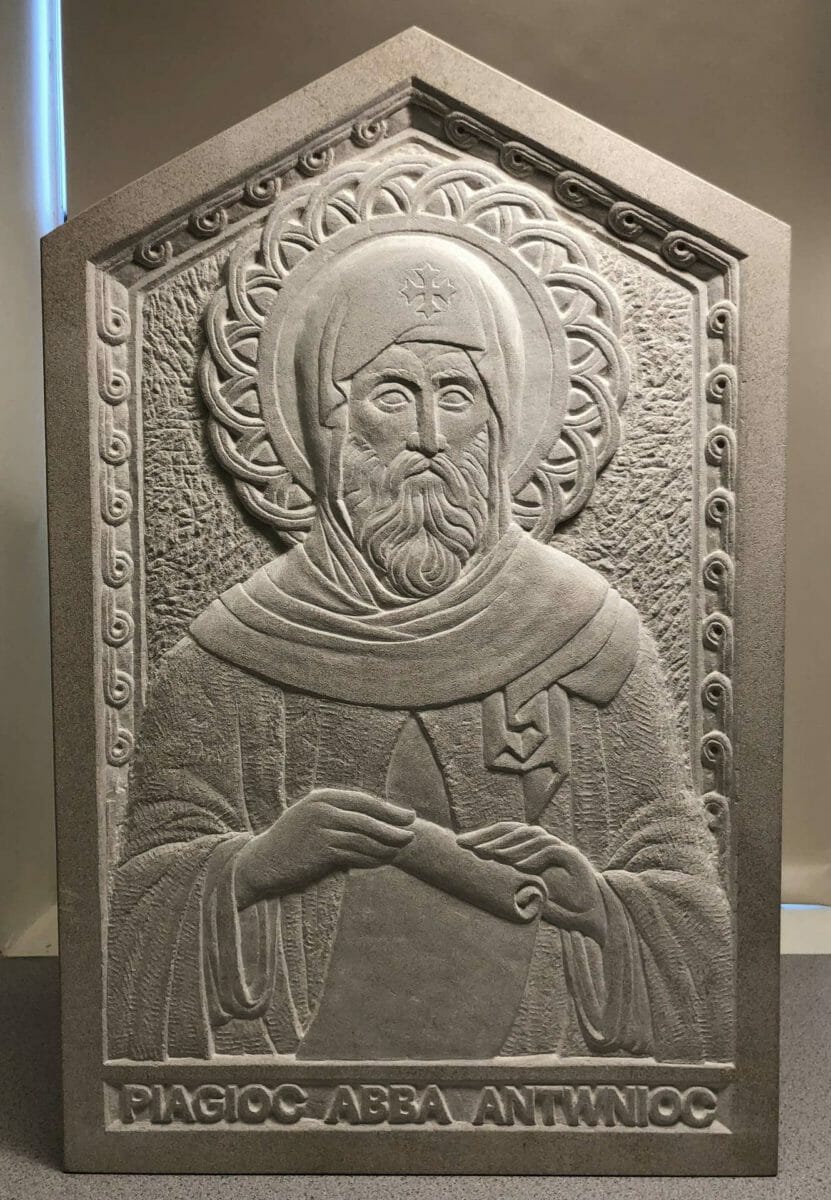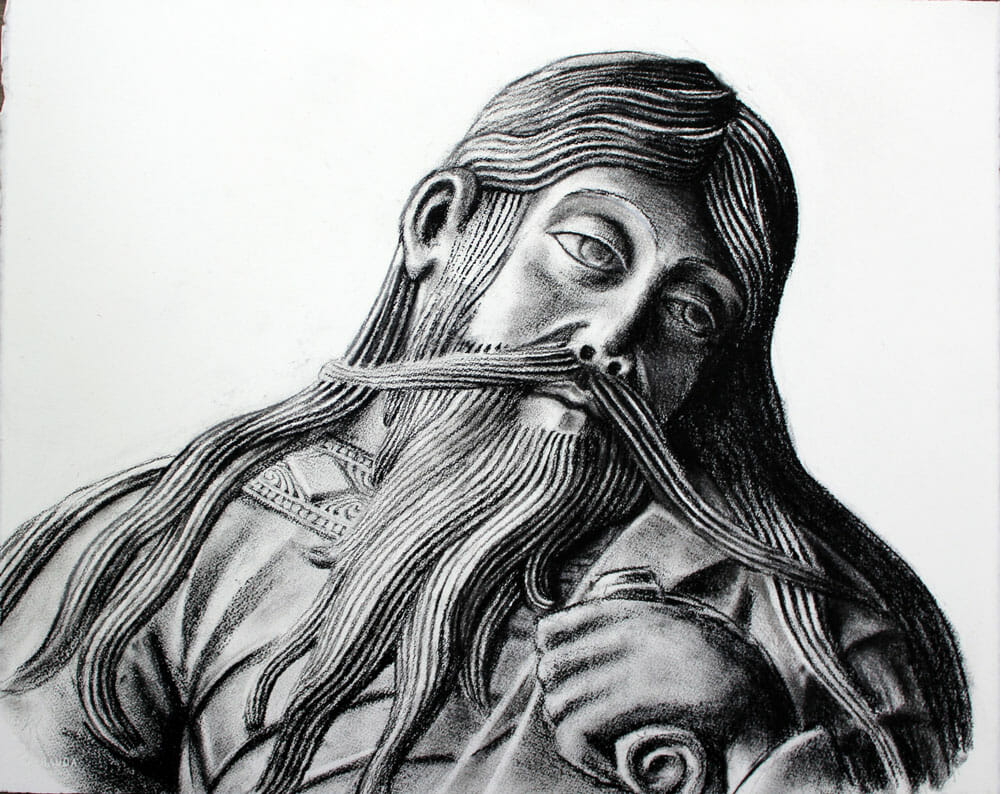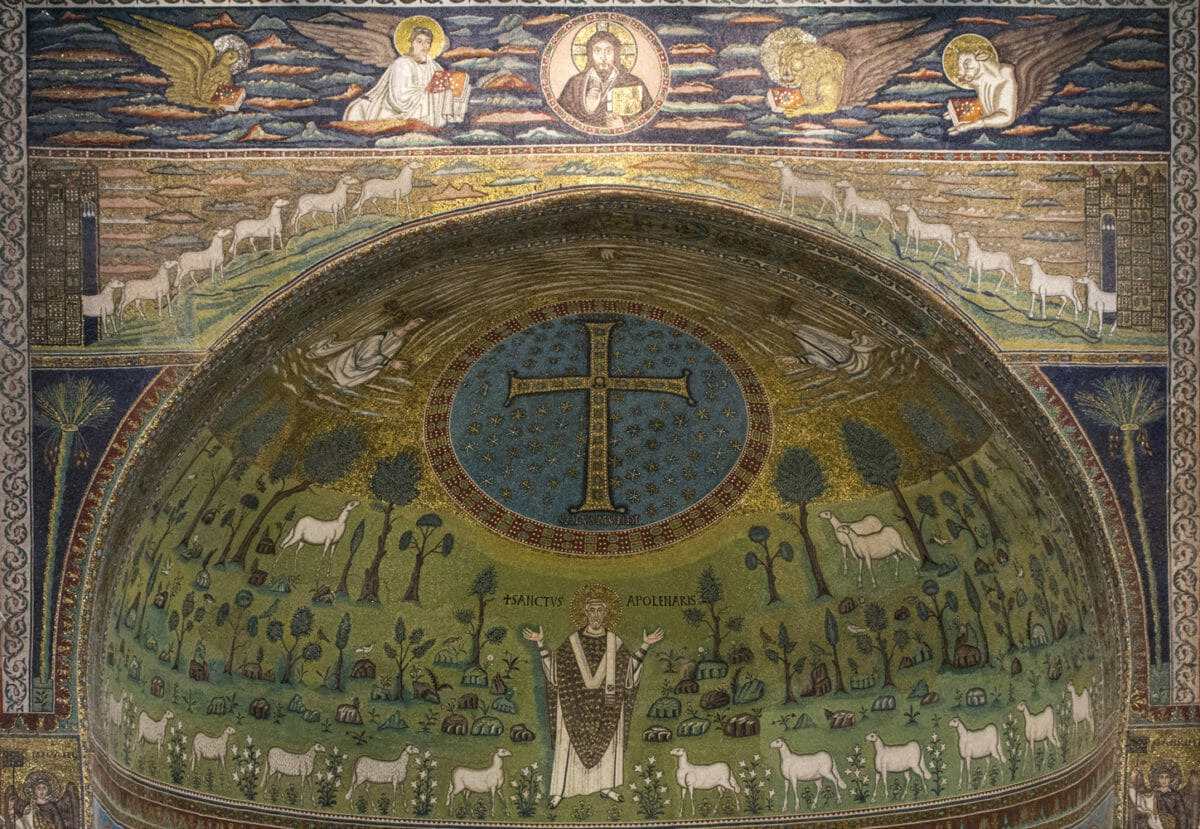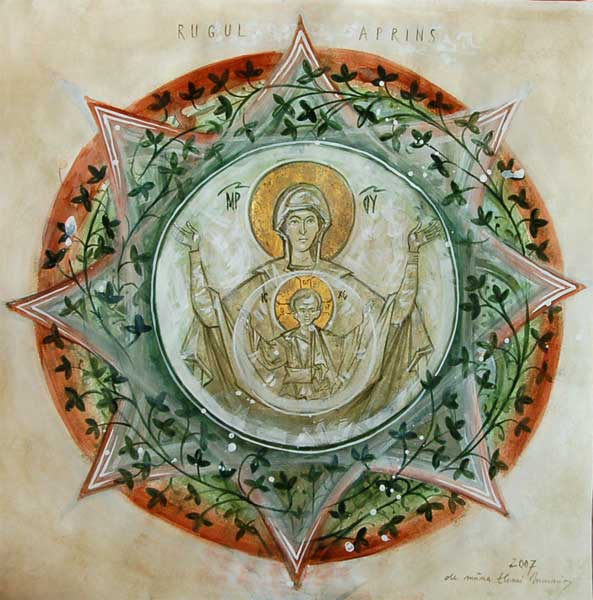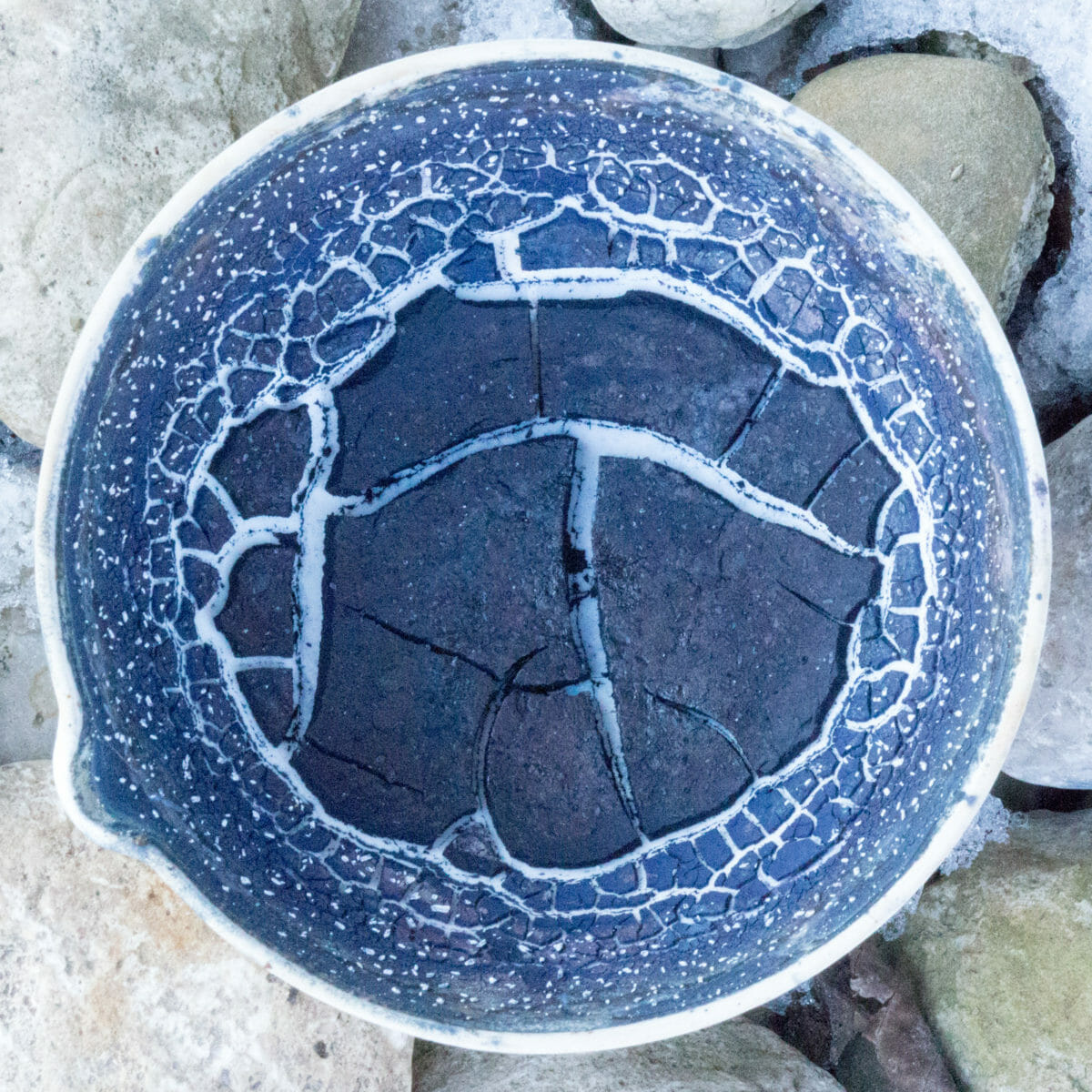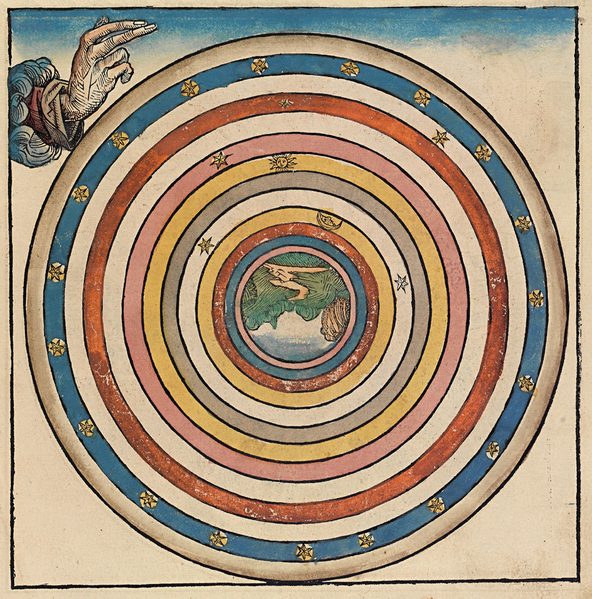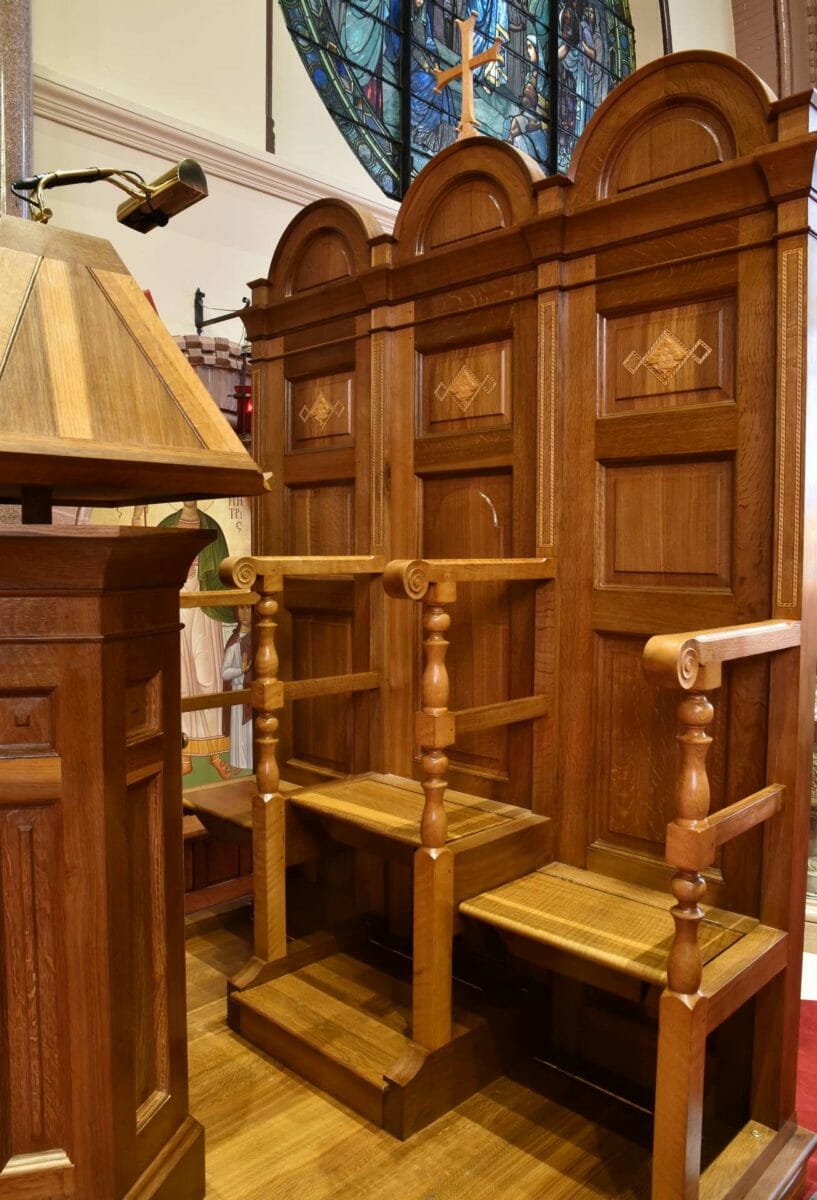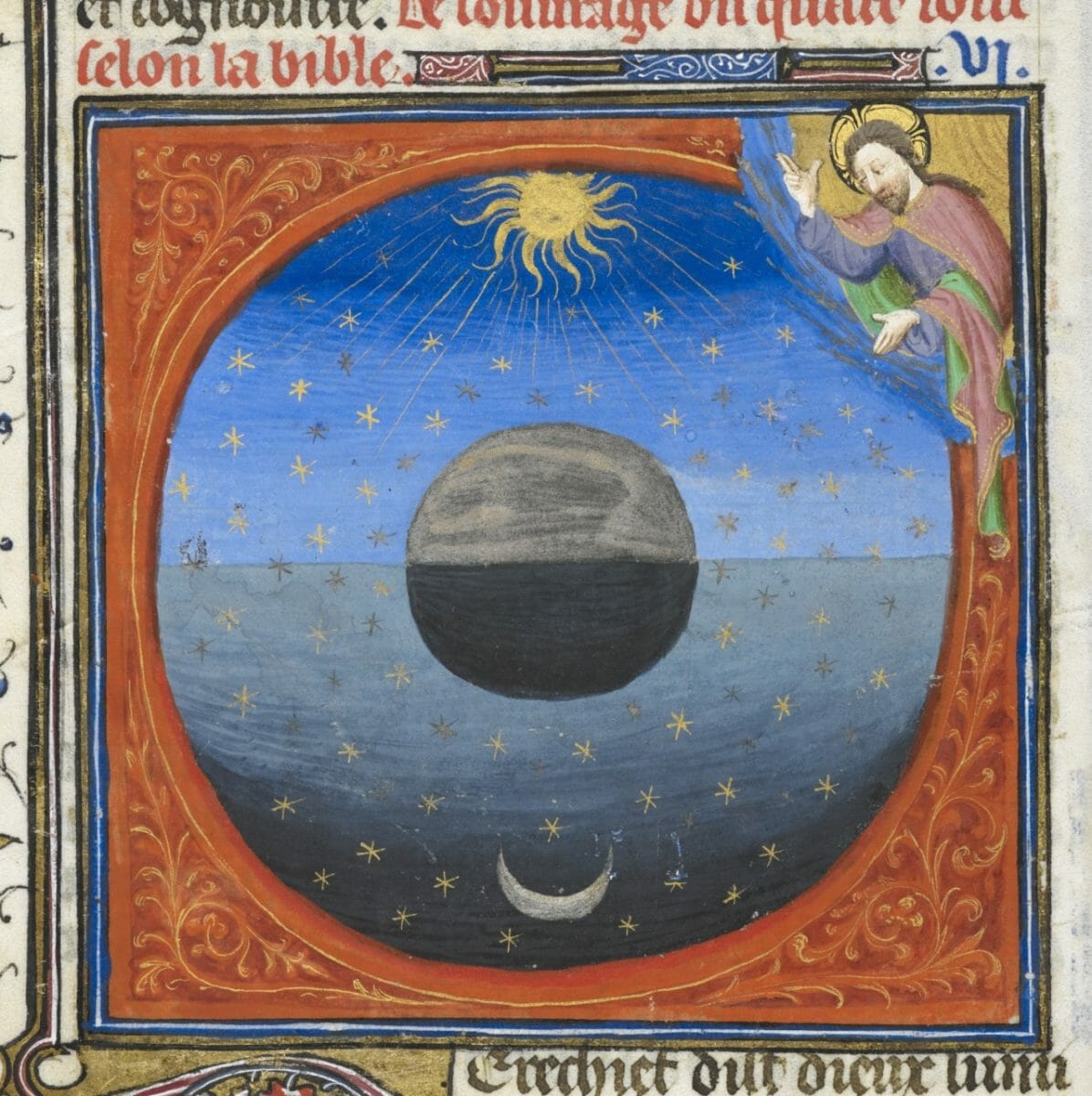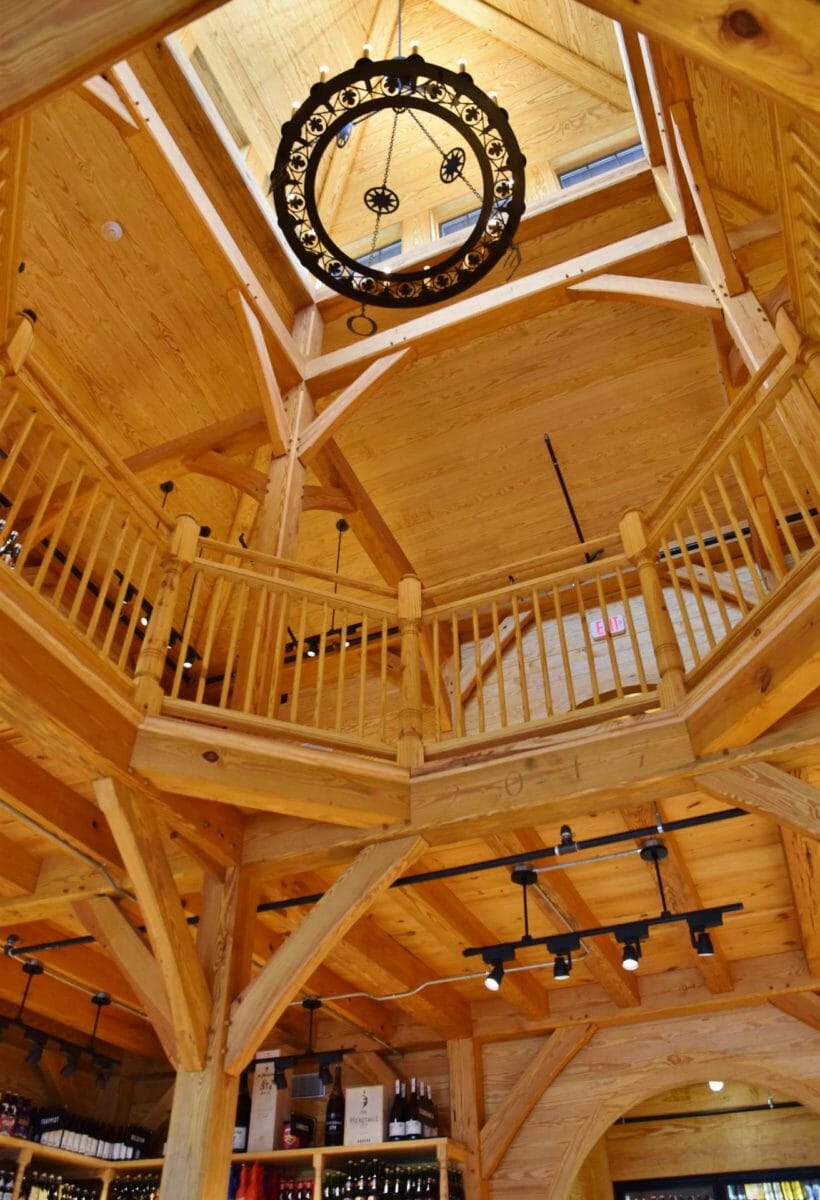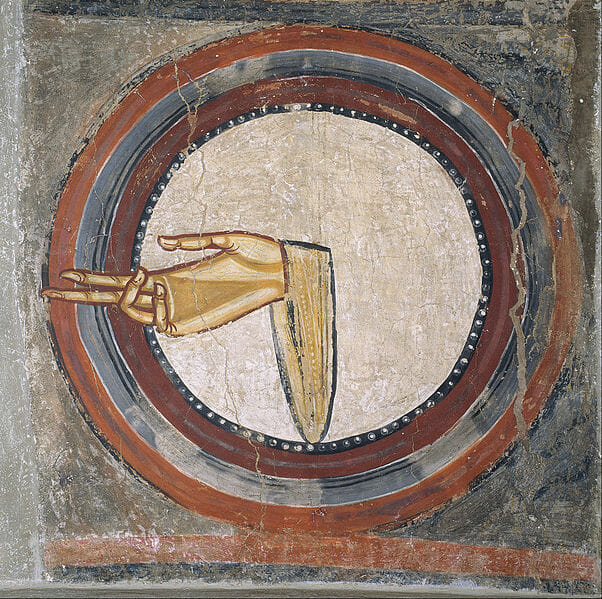The Byzantine Sculpture of Michael Lucas
The following is an interview with sculptor Michael Lucas. Mr. Lucas is an accomplished artist who currently focuses on Byzantine-inspired carving in stone. Andrew Gould is working with Michael on an ongoing project to build a baptistery in South Carolina. A. Gould: You started iconographic carving late in your life. Tell us about your background as an artist.…
Continue reading »A Year of Exploring Ancient Carving Through Drawing
For several years already, I had known in my heart and in my hands that I needed to spend more time drawing. Because the art of icon carving had become a lesser vehicle for the traditions of iconography, it seemed pressing for me to spend more time exploring the best examples of relief art and…
Continue reading »The Mosaic Apse of Sant’Apollinaire in Classe, Ravenna
THE MOSAIC APSE OF SANT’APOLLINARE IN CLASSE, RAVENNA: A Miracle of Design Aidan Hart There is some iconography that can only be described as miraculous. Such is the sixth century apse mosaic at the basilica of Saint Apollinare in Classe, five miles from Ravenna, Italy. Such works seem to flash forth, and are never –…
Continue reading »The Drawings of Elena Murariu
There’s theory and then there’s practice. The one flows from the other and back again, unceasingly. Their interdependence is indissoluble. Likewise, there’s “inner” drawing and then there’s “external” drawing. The first unfolds and takes shape in the imagination; the latter is the former’s manifestation. A masterful drawing seems to be as if a concrete…
Continue reading »Local Colors of Conestoga: Woad Blue
This is post 1 of 1 in the series “Local Colors of Conestoga” Symeon van Donkelaar explores the meaning and methods of creating his own pigments from local material. I’ve wanted to write for a while about what I’ve learned about making local colors—especially from an iconographic perspective. With this year’s harvest of indigo blue…
Continue reading »Imagination, Expression, Icon…Pt. IV: Encountering the Internal Prototype
This is the 4th and last post in the series “Imagination, Expression, Icon: Reclaiming the Internal Prototype”: Part 1, Part 2, Part 3. When you make an icon, do not copy it exactly… -Elder Sophrony[i] Now that we’ve clearly defined the terms nous, techne, Tradition, imagination and expression, we’re in a better…
Continue reading »Liturgical Furniture for an Historic Cathedral
I was asked, in 2015, to design a set of liturgical furniture for Annunciation Greek Orthodox Cathedral in Baltimore. When I looked at the building, I could see that this would be a complex project with several stylistic influences in play. The monumental structure was built by a Protestant congregation in 1888 in the ‘Richardsonian…
Continue reading »Imagination, Expression, Icon…Pt. III: Concerning Expression
This is part 3 of a series: Part 1, Part 2. In general the artificial image, modeled after its prototype, brings the likeness of the prototype into matter and acquires a share in its form by means of the thought of the artists and the impress of his hands. This is true of the…
Continue reading »The Principles of Orthodox Architecture Expressed in a Secular Building
If I may ask my readers’ indulgence, I would like to present one of my projects that is, emphatically, not Orthodox liturgical art. In full disclosure, it is a temple of another, quite secular, liturgy – the buying and selling of craft beer and fine wine. But, before you admonish me for writing about a…
Continue reading »Imagination, Expression, Icon… Pt. II: Concerning Nous, Techne & Tradition
This is part 2 of a series: Part 1 Because they are the works of God, who is Himself good, the senses and sensible objects are good; but they cannot in any way be compared with the intellect [nous] and with intelligible realities. -St. Thalassios, On Love, Self-control and Life in Accordance with the…
Continue reading »
